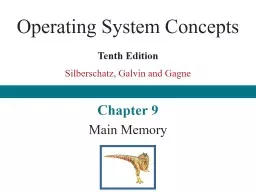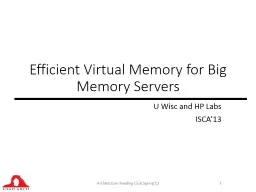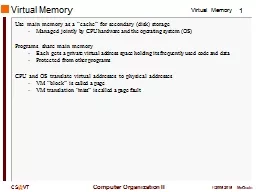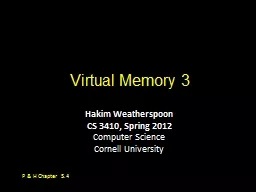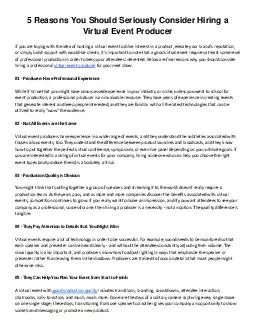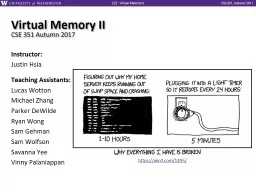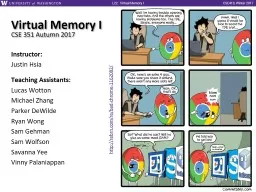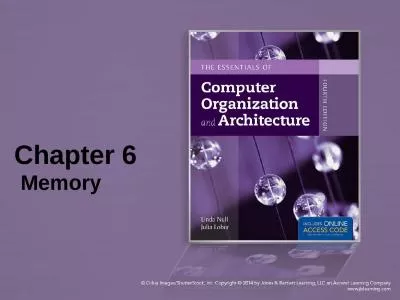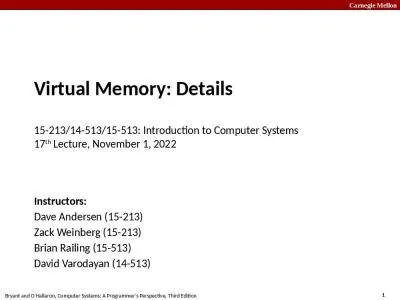PPT-Chapter 9: Virtual Memory
Author : tawny-fly | Published Date : 2018-10-27
Chapter 9 Virtual Memory Background Demand Paging CopyonWrite Page Replacement Allocation of Frames Thrashing MemoryMapped Files Allocating Kernel Memory Other
Presentation Embed Code
Download Presentation
Download Presentation The PPT/PDF document "Chapter 9: Virtual Memory" is the property of its rightful owner. Permission is granted to download and print the materials on this website for personal, non-commercial use only, and to display it on your personal computer provided you do not modify the materials and that you retain all copyright notices contained in the materials. By downloading content from our website, you accept the terms of this agreement.
Chapter 9: Virtual Memory: Transcript
Download Rules Of Document
"Chapter 9: Virtual Memory"The content belongs to its owner. You may download and print it for personal use, without modification, and keep all copyright notices. By downloading, you agree to these terms.
Related Documents

